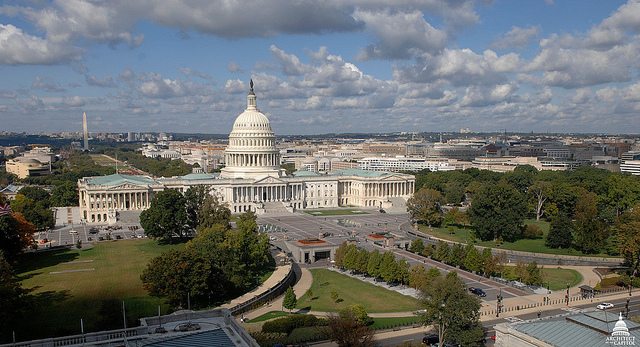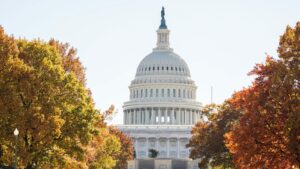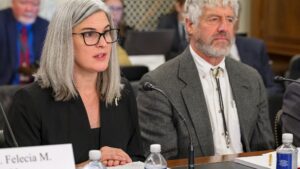A bill that seeks to double federal funding for programs that create, expand and maintain access to foreign markets is met with applause from the agricultural community.
In early May, Reps. Dan Newhouse (R-Washington) and Chellie Pingree (D-Maine) introduced the Cultivating Revitalization by Expanding American Agricultural Trade and Exports (CREAATE) Act, also known as H.R. 2321. The bill is designed to improve the competitiveness of the U.S. agricultural community and the global economy through increased investment in the Market Access Program (MAP) and Foreign Market Development (FMD) programs.
The MAP and FMD programs match dollars contributed by U.S. farmers and ranchers for programs that create, expand and maintain access to foreign markets. Independent evaluations have shown that MAP and FMD and the activities they help fund are consistently effective at increasing demand overseas and raising farm income at home. From 1977 to 2014, MAP and FMD accounted for 15 percent of all U.S. ag export revenue, according to a 2016 study funded by the U.S. Department of Agriculture’s Foreign Agricultural Service.
“At a time when trade is top of mind to many U.S. farmers, the CREAATE Act shows that the U.S. is serious about promoting high-value corn and corn products around the world,” says Lesly McNitt, director of public policy for the National Corn Growers Association, which is part of the Coalition to Promote U.S. Agricultural Exports and the Agribusiness Coalition for Foreign Market Development. “With an average return on investment of $28 for every dollar spent, MAP and FMD represent a public-private partnership that we can all be proud of.”
But farmers aren’t the only ones who benefit from these programs. The seed industry makes use of them, too.
Jane DeMarchi, vice president of government and regulatory affairs for the American Seed Trade Association, says programs such as MAP, FMD and specialized programs such as the Technical Assistance for Specialty Crops (TASC) are critical to the association’s ability to provide international leadership and work with trading partners to resolve trade barriers to the movement of seed.
“The U.S. is both the largest market for seed in the world and the largest global exporter of seed, with seed exports reaching $1.7 billion,” DeMarchi notes.
Priority markets for ASTA’s MAP and FMD programs are Brazil, China and Mexico, as well as the regions of South America, Africa and Southeast/East Asia.
Using the funds provided by these programs, DeMarchi explains that ASTA’s activities have included regulatory workshops to address trade barriers in priority markets, hosting tours of the U.S. seed industry for government officials to promote science-based regulations and keep priority markets open, as well as research on phytosanitary barriers to trade.
Despite the benefits these programs bring to the agricultural economy, investment has failed to keep pace in an increasingly competitive global economy. Statutory funding of $200 million per year for MAP and $34.5 million per year for FMD has been static since 2006 and 2002, respectively. During the past 15 years, these programs have lost more than 40 percent of their value due to inflation, sequestration and administrative costs.
The bill, co-sponsored by Reps. Cheri Bustos (D-Illinois), Roger Marshall (R-Kansas), Jimmy Panetta (D-California), and Thomas Rooney (R-Florida), would gradually increase annual funding to $400 million for MAP and to $69 million for FMD by fiscal year 2023.
This funding increase, combined with an increase in producer contributions, would increase average annual agricultural export value by $3 billion to $4 billion and create nearly 85,000 new jobs, according to a study by Informa Economics IEG.













